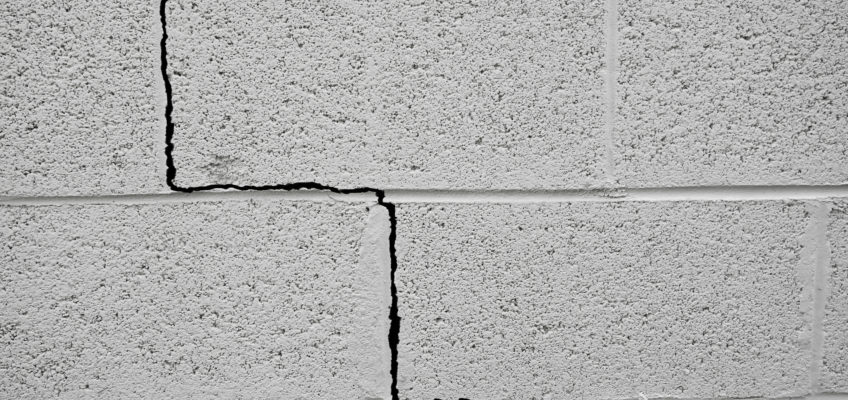What Causes Settlements in Homes?
Foundations typically start settling with time as a result of various human-made and natural factors. In most cases, settlement is nothing to fret about.
However, a high level of settlement can increase the chances of your foundation and home experiencing damage. Homeowners and buyers must know which signs to look out for. Here, we discuss the top causes of foundation settlement:
The Top Causes of Foundation Settlement
Insightful research by the U.S. Department of Housing and Urban Development reveals that more than 56% of new homes deal with some form of foundation problem during the first ten years of construction. Let’s go into detail to understand the factors leading to settlement:
Vegetation
If plants, bushes, or trees grow near your home, they will likely cause settlement. Vegetation absorbs moisture from the soil, especially during droughts. In turn, prolonged periods of dry weather cause the soil to shrink.
Tree roots, in particular, will start growing around and under the foundation of your home. This type of issue typically occurs in shallow foundations since these are closer to the surface and, thus, susceptible to ground movement.
Poor or Aging Foundation
The construction of your foundation has a substantial effect on the settlement. For instance, old and aging concrete foundations often lack adequate reinforcements to withstand sudden movements in the soil. Moreover, brick and stone foundations may start cracking.
On top of that, the design of your home’s footing can influence settlement. Therefore, the footings should boast an intricate design that helps distribute soil across weaker areas.
Furthermore, improper and uneven foundation installation will cause additional problems in the future. High-quality construction helps reduce potential settlement and ensures that the settlement will distribute evenly across the structure.
Severe Weather Calamities
Another reason you may experience foundation settlement issues is because of natural changes.
Often heavy rain ends up over-saturating the soil, which makes it both rich and soft. On the contrary, droughts can lead to gaps in your soil. In turn, your home starts settling in these compacted spaces.
Lastly, the cold weather causes expansion of soil which brings it closer to the surface.
What to Look for?
Avoid dealing with severe settlement issues by learning the main signs to look for:
- The foundation has a hollow or drop-down appearance
- The foundation is not level
- Basement walls have cracks or are leaning
- The roof is sagging or has a hump
- Drywall or plaster has cracks
- Sticking doors and windows and sloping floors
To Sum it Up
According to an in-depth study by the Concrete Foundations Association, more than 60% of foundation problems show bowed basement walls. Shifts in the soil typically cause these problems. In case your home’s foundation is settling, you’ll notice a difficulty in opening, as well as closing doors.
You may also notice cracks in various locations, directions, and of different sizes in your foundation’s wall. Slanted and uneven flooring also indicates a settlement issue. If you identify any of these problems, it’s best to contact a professional and request them to inspect your home.

